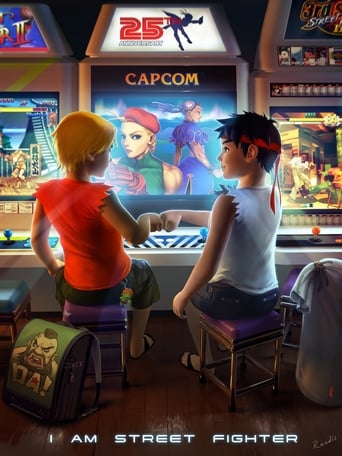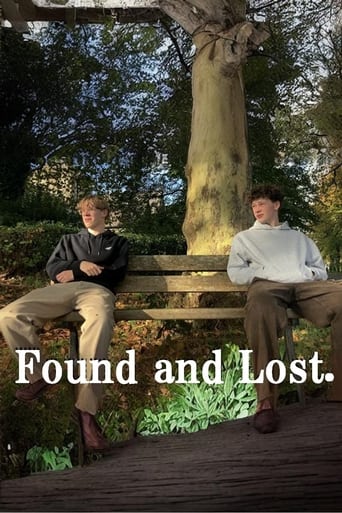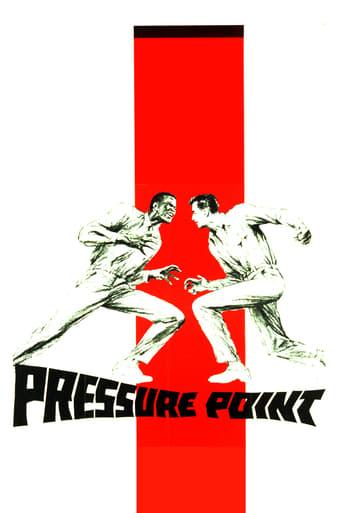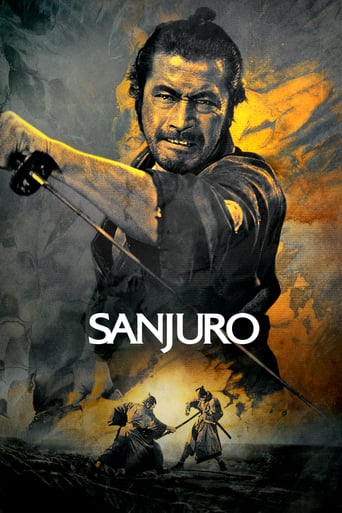


Sanjuro
Toshiro Mifune swaggers and snarls to brilliant comic effect in Kurosawa's tightly paced, beautifully composed "Sanjuro." In this companion piece and sequel to "Yojimbo," jaded samurai Sanjuro helps an idealistic group of young warriors weed out their clan's evil influences, and in the process turns their image of a proper samurai on its ear.
-
- Cast:
- Toshirō Mifune , Tatsuya Nakadai , Keiju Kobayashi , Yūzō Kayama , Reiko Dan , Takashi Shimura , Kamatari Fujiwara


Similar titles
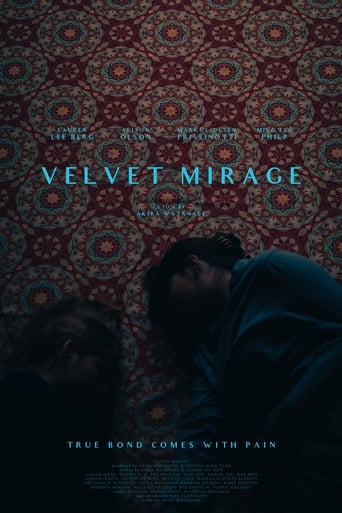
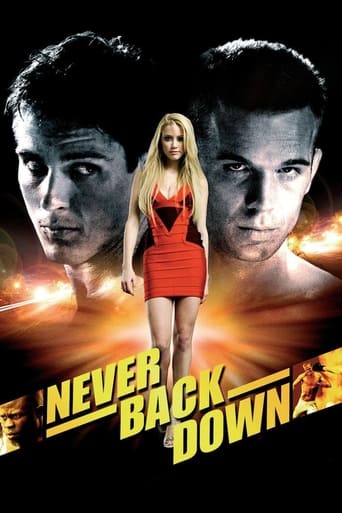
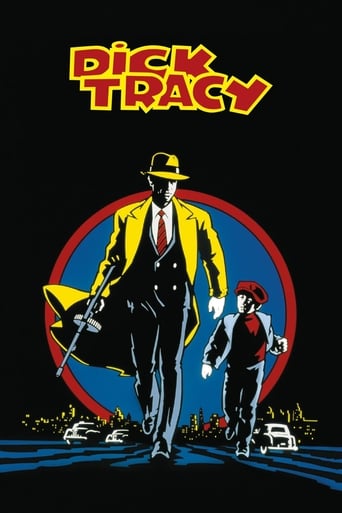
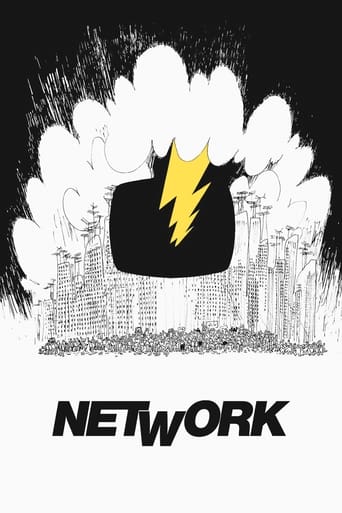
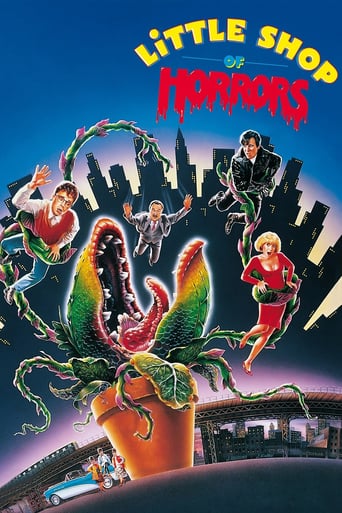
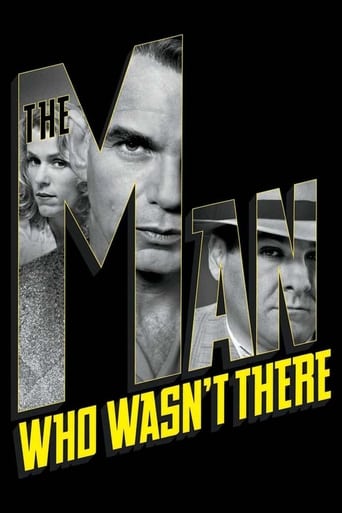
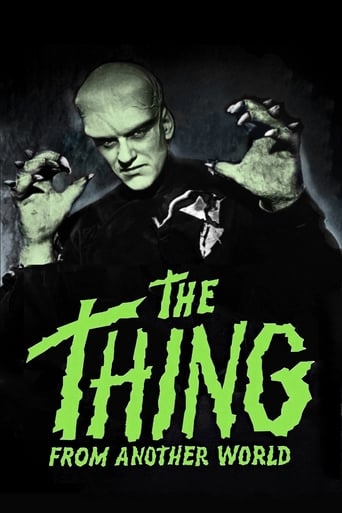
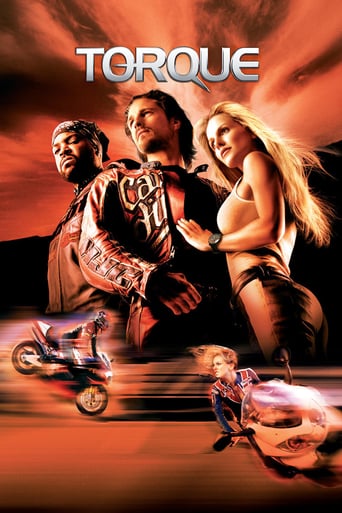
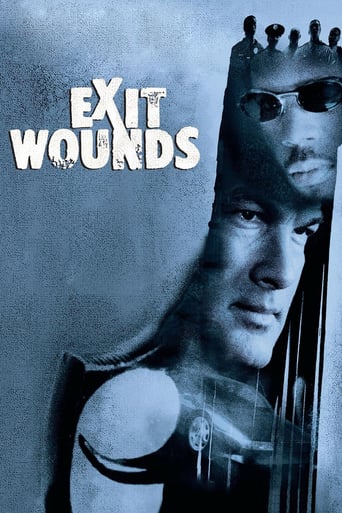
Reviews
Too much of everything
Fantastic!
Awesome Movie
This movie tries so hard to be funny, yet it falls flat every time. Just another example of recycled ideas repackaged with women in an attempt to appeal to a certain audience.
This is a funny little film from Kurosawa. It's designated as a sequel to the excellent Yojimbo, yet if there was ever a film that did not or even should not receive a sequel, it would be Yojimbo. Even though Mifune had the final victory, it was a bitter-sweet farewell to the age of the samurai...the gun replacing the blade. Here his character is once again whole, which goes against everything that Yojimbo's ending had stood for. It would not quite work as a prequel either...we sense that by the film's end the sword may never leave its scabbard again. It works best if you distance yourself from that storyline entirely and merely see this as another wandering samurai's tale. He is still the aged, weathered relic, but not of the past. He has the same trademark twitch in his shoulder and the arm resting in the sling that whips out with deadly force at a moment's notice. The action, like much of Kurosawa's samurai films, is theatrical and overly-dramatic, so much so in Sanjuro that it almost seems like he is parodying his own style. The score pipes up appropriately to highlight these little comic flourishes; the dozen young samurai emerging from the floorboards like frightened mice, them later cheering and celebrating before quieting down appropriately, the cornered officials scurrying around and collapsing into a surrender (very reminiscent of the police chief from Yojimbo), or the humorous way in which Sanjuro tricks them into frantically hacking off white camellias and scattering them into the stream. Actually it doesn't so much as build to a dramatic climax as it cuts straight into it. It is a heart-stopping final duel. One swift blows sees the villainous Hanbei felled, without any of the dancing theatrics of the previous kills. His chest erupts with a fountain of blood like a geyser, and the pose is held for an eternity. Almost as if Sanjuro was willing for the moment to last that long, for that rush and thrill of killing a man to fill him up all over again...but the film has taught him otherwise. The fun and games are over. At the beginning he would kill dozens for just a small meal. In the end he almost would rather starve.
This is the sequel to 'Yojimbo'. Toshirô Mifune returns as the wandering ronin Sanjûrô Tsubaki. He encounters nine naive samurai who wants to confront corruption. One of the samurai had confronted his uncle the lord with the accusations. The response was dissatisfying so he tells the superintendent. The superintendent tells the nephew to gather his men. The ronin immediately smells a trap, and the corrupt superintendent launches a raid on the group. Only the ronin's smarts saves the group. Now the uncle and his family are taken prisoner and the ronin endeavors to rescue them with the help of the nine naive samurai. Only the clueless nine are sometimes more problematic with their distrust of the often napping ronin.This is a funnier movie than Yojimbo. Sanjuro does battle more with his brains than with his sword. The best swords are kept in their sheaths. However there is that great scene of drawing of the swords at the end. The guy imprisoned in the closet has a good funny scene. It's a very good sequel to Yojimbo with a funnier tone.
At around the start of 2011,I did a small list of the top 3 directors whose films I wanted to take a good look at during the year.And whilst I got round to seeing some of the fantastic work from two of the directors (Alfred Hitchcock and Dario Argento),the third member of the group,Akira Kurosawa sadly got left behind at the "directors bar",due to me spending most of the year on a "Giallo treasure hunt".As 2011 started to fade from view,I decided that my New Years Revalution would be to finally pick up Akiria from the wilderness,and at last begin to look at the directors work.To my complete surprise,one of the four DVDs that I kindly received as X-Mas gifts was the Kurosawa film Sanjuro,and with the movie being one of Akira's shortest films,I felt that this would probably be the best intro for me to take my first glimpse at Kurosawa's dreams...The plot:Shortly after drinking a little too much sake,a young group of samurai's begin to discuss a growing fear that they have all been having ,over the uncle of the gangs leader (Iori Izaka) possibly betraying them all and going over to a gang filled with an "older" generation of Samurai,which this young group has recently splintered from,due to each of them feeling that the older group of samurai's were starting to become deeply corrupt.Talking to the rest of them,leader Izaka announces that since having spoken to the by-partisan superintend Kikui ,he has reached the conclusion that since his uncle has shown no signs of disapproval against the other group,he strongly feels that his uncle has turned against them,and that he may be acting as a spy for the other gang. As all of the group prepare to meet the superintend for advice over what they should do about the "betraying" uncle,a world-wary samurai suddenly appears from out of the shadows.Disgusted by his cheap looking clothes and the aggressive manner that the mysterious samurai shows towards them.the group initially treat the stranger as untrustworthy,until he begins telling them that they should maybe not treat Kikui as someone who has the gang (and their uncles) best interest at heart View on the film:The first thing about this wonderful film,which I feel deserves a huge amount of praise is the performance of Toshiro Mifune as Sanjuro Tasubaki.Almost from the first moment that Mifune enters the film,director Akira Kurosawa makes him the main image that keeps the audience completely transfixed,as Toshiro brilliantly shows Sanjuro Tasubaki to be a rugged man who has lived through many battles,yet still has the sly fox-like wit and intelligence's that helps him to leave gangs of more "respected" samurai's completely dumbfounded.Whilst Mifune does take centre stage in the film,the performances from the rest of the cast are defiantly ones that should not be over looked,with the under rated Yuzo Kayama giving a very good performance as the young samurai's leader Lori Izaka,who mixes the character's pompous,pedestal- dreaming leadership side,with a terrific dry (unknowing) comedy side, that makes the films unexpected comedic moments a true joy to watch.With having been given the impression from articles that I have read in the past about Kurosawa films being very stern and serious, I was shocked to find that for the screenplay to this film (co-written,with Ryuzo Kikushima and Hideo Oguni) which is based on the novel Peaceful Days by Yamamoto Shugoro,Akira allows himself to show a very endearing fun side,by having the screenplay's "message" of not judging people on their age and appearance being delivered,not with a sledgehammer,but with a thoughtful,measured touch,that really makes the films story resonate with the viewer long after the end credits.Whilst the film's screenplay is not the most complex ever written,Kurosawa's brilliant,cleverly constructed directing makes the film an extremely entrancing watch.In the first half of the film,Akira uses the frame to show a separation that the young samurai group have with this "outsider" over his appearance,by using the widescreen format in the best way possible with a "separation" shown between Sanjuro and the group,with Sanjuro being kept at the front of the frame,and the young gang being kept in the foreground as one solid group.Along with showing the relationship between the different generations,Kurosawa also executes the films wonderful visual comedy moments with a unexpected comedy pro touch.Looking at one of the most eye-catching moments in the film,Kurosawa smartly uses the image of a centipede to show a comedy side of everyone sticking together and not having what a clue to do,whilst also using it for the films more serious side,by using the image to show the young samurai's gradually leaving their prejudices against Sanjuro behind,as he becomes the front of the centipede and the only thing which is keeping this bickering "centipede" together.
The conception of the eternal weakness of the human nature characterized all the adventure films by Akira Kurosawa: The Hidden Fortress (1958), Yojimbo (1961) and Sanjuro (1962). But they were also filled with humor and light irony. In these films, there was never good and evil; just two equally evil groups, and the noble samurais talked about nothing but money. From Sanjuro, Japanese people developed a new genre in Japan, called "zankoku eiga" which means "cruel film". Unfortunately, not all understood the combination of entertainment and deep thematics like Kurosawa. Because, even though Sanjuro is, at its heart, an action film, it also draws a wider -- timeless -- picture of the human condition. Those of you, who have seen Yojimbo, remember its mighty samurai who was able to kill over twenty bandits by himself. In Sanjuro he's back and the story line bears a striking resemblance to Yojimbo: two families are against each other, fighting bloody fights day after day and to this situation a hit man of some kind arrives and offers his services to the other family. Violence seemed to truly fascinate the humanist Kurosawa but against violence he places subtlety and consideration.All the common features of Kurosawa's style (which, in my opinion, is a combination of Mizoguchi's lyricism and John Ford's warm human depiction) are there in Sanjuro: the beauty of construction, the perfect rhythm of sequences, lyric flashes of nature, primitivism and fierce simplicity of the characters. The simple but powerful protagonist, named Sanjuro (= Camille), is once again played by Toshiro Mifune. He is an existentialist individual who leads his life without illusions in a world where life and death depend on how well you swing your sword, and power on how well you scheme. Eventually, Sanjuro is able to see the black-and-white madness of his life: "The old lady was right. I am like a drawn sword. Sharp, naked without a sheath. But good swords are kept in their sheaths." So, because of his violent behavior, Sanjuro does have agony of conscience. This brings a little tragedy to his character, although, not enough to make the film any deeper. Besides, first of all, Sanjuro is an entertainment film and an exquisite one, if you ask me. At his heart, Kurosawa was a brilliant story teller but to this story he also adds dramatic intensity, sensitivity and visual wealth which are, of course, also common elements of great art.Kurosawa used to place his stories far away to history where his anti-feudalism couldn't be directly linked to the modern day -- so the studio managers wouldn't get upset. Like all of Kurosawa's samurai-films so does Sanjuro happen in the Wild East; in the violent history of Japan: The Edo period (1603-1868) which ended to the removal of the samurai class (before 1868 it was a class of its own, even though samurais were servants). Kurosawa's presentation of this era is both, brutal and humorist, and his historical accuracy is concrete but, to my mind, he was much more interested in associating the Edo period with present day.Compared to its production year, the story of Sanjuro happens exactly 100 years earlier: in the 1860's, the end of the Edo period, when Japan was being westernized. Surely, this connotation is allegorical because in the 1960's Japan was, in turn, under Americanization and cultural transition: new value-relativism (what the "new" world should be like) and alienation from the Japanese tradition. After Sanjuro, Kurosawa abandoned this kind of adventure films set in this age until the 1980's when he returned to it with Kagemusha (1980) and Ran (1985).The simple story and closed milieu of Sanjuro are, paradoxically, widely associative. The narrative of this allegorical samurai-film is surprisingly touching and the film is overall extremely spellbinding and captivating. Kurosawa paints his picture of the human condition in the modern society with care and consciousness: people are cruel, selfish and treacherous. He presented a world where a man is a wolf to his fellow man which gave the direct inspiration for Sergio Leone's dollar trilogy. However, all the monstrosities of man are hidden beneath the surface, under lightness, humor and irony.


